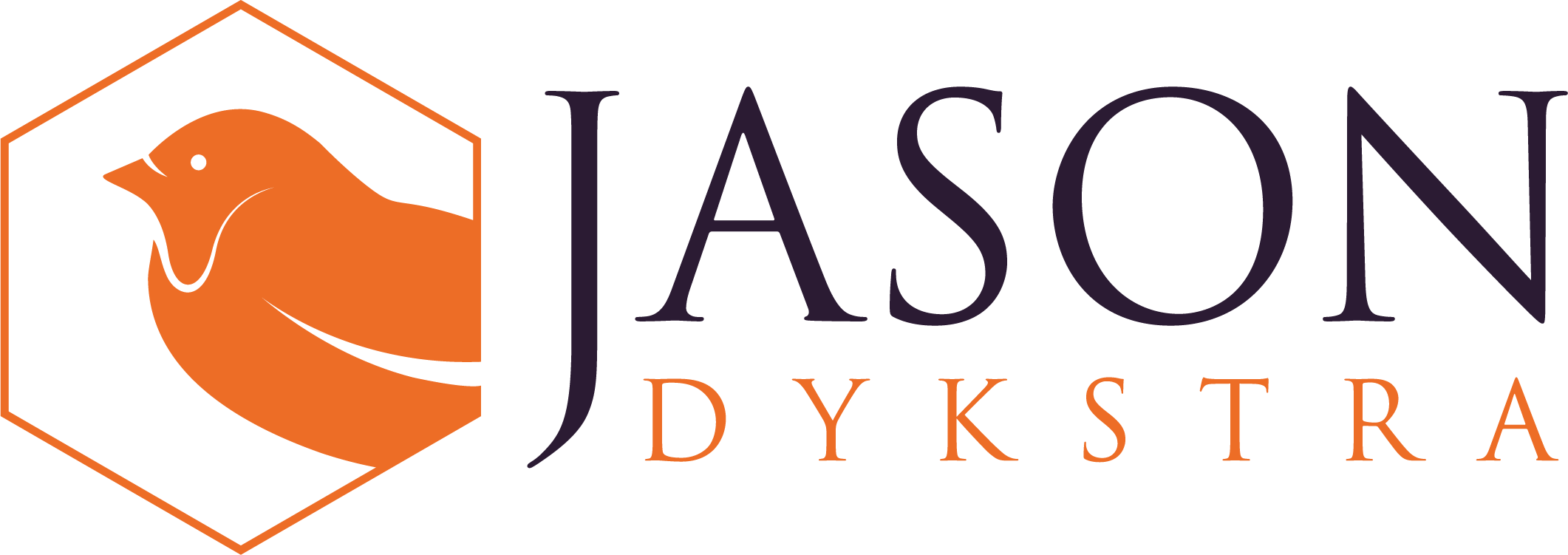Why You Need More Conflict In Your Startup
Alfred Sloan, the CEO and Chairman of General Motors sat down at a committee meeting and listened to their conversation as they were making some decisions regarding the future of the company. A little while in, Sloan interrupted and asked, “Gentlemen, I take it we are all in complete agreement on the decision here?” Everyone looked at each other and nodded their heads. “Then,” Sloan said, “I propose we postpone further discussion of this matter until our next meeting to give ourselves time to develop disagreement and perhaps gain some understanding of what this decision is about” (Story taken from Decisive by the Heath brothers).
Does your company need more conflict? It’s a bit of a weird question, but is it possible that some of the decisions you and your cofounder (or team) are making are causing harm to your company because everyone is avoiding conflict? How many times have you been involved with a decision that didn’t turn out well? At the time of the decision, you weren’t convinced that it would work out, but you said nothing because you didn’t want to be that person. We all have done it at some point in our life and when the decision didn’t go the way it could have, we think to ourselves, “Dang I knew it was going to work out that way!”
If the committee at General Motors had made the decision at that moment, they would have missed out on key information or risks that awaited them down the road. However, by giving space for altering perspectives and opinions, the team will now be better informed about the potential pitfalls and trials that they might encounter should they take their decision further.
Let me give you another example that is often viewed in the startup community or when a company is discussing potential services/products. A company sits down to discuss a protocol that they are going to introduce into the research and development of their product. There are glaring gaps in the protocol, but nobody calls them out — after all, there are lots of things to do and little time to do them. Some think in the back of their minds, “this isn’t going to work, but I’ll let it go…they’ll figure it out eventually” and they sit there quietly. They tell themselves that they don’t have the time to invest into this conversation right now, and at the end of the day, the person or persons implementing the protocol will just learn something in the process. A few months later, the protocol, as some expected, has failed to meet the milestones and results that the company was expecting and more meetings are set up to talk about these results.
Instead of originally only having a time management problem, the company now has a larger time management problem (because more meetings are needed to address the how and where the protocol has failed). Additionally, the level of resentment and blame are being introduced into relationships because of the original ideas and execution of the protocol, and a culture of toxicity is born within the company.
Instead of taking a page out of Alfred Sloan’s book to take some distance to think of disagreement to gain understanding, the company ends up ignoring the gaps within the original idea and, in the sake of artificial harmony, chalks it up to not having enough time to really have this conversation.
It’s not uncommon for us to want harmony, even if it means artificially. Sometimes this artificial harmony is what is needed at that specific time, but often when businesses are involved, this artificial harmony only entrenches unhealthy conflict by creating larger problems that end up hurting relationships, decision making, and business outcomes. In situations like this, we would be wise to introduce healthy conflict like Sloan did during his committee meeting.
Introducing healthy conflict early in the decision making process helps to describe what the decision is truly about and hold up the decision as the focal point of discussion, rather than the people offering the perspectives and ideas. While this process might take some additional time on the frontend to discuss the various perspectives and disagreements on the decision, it ends up saving time in the long run, preserving and strengthen relationships within the company and creates a healthy culture that seeks to engage the elusive conflict balance.
This post was originally posted on Medium on July 31, 2019.
